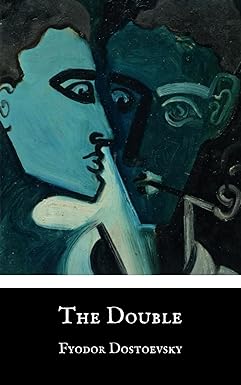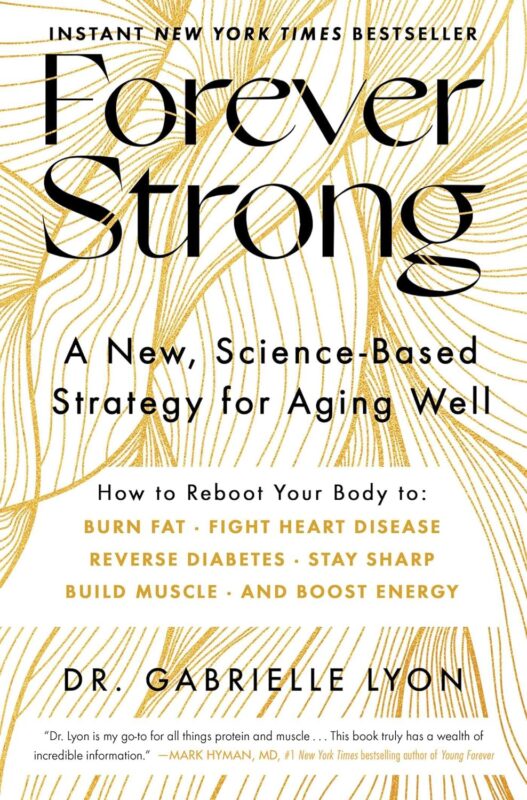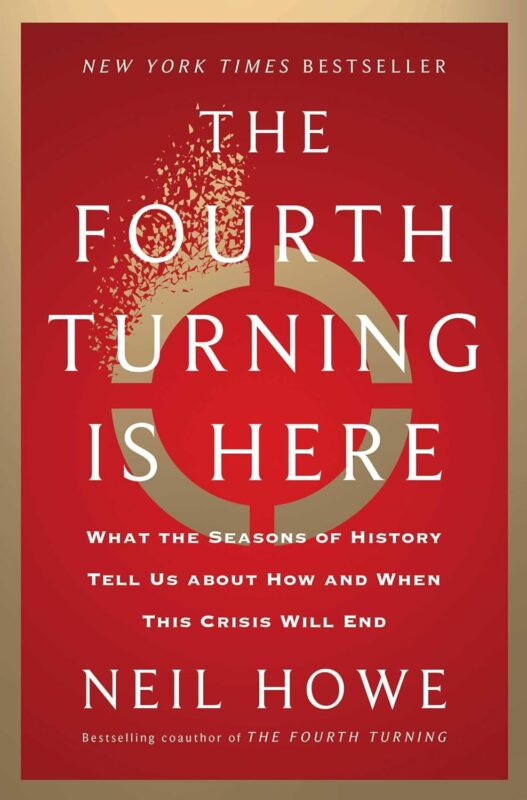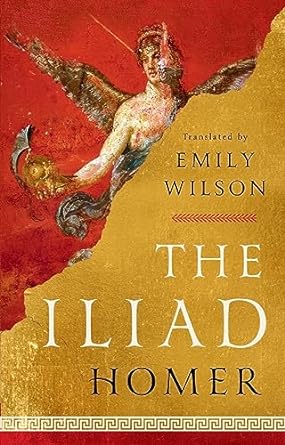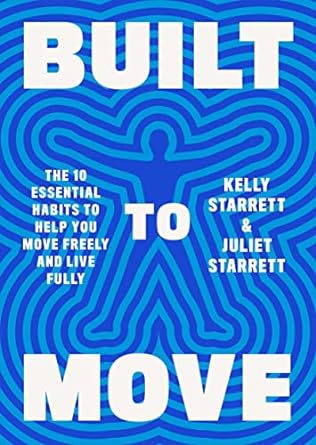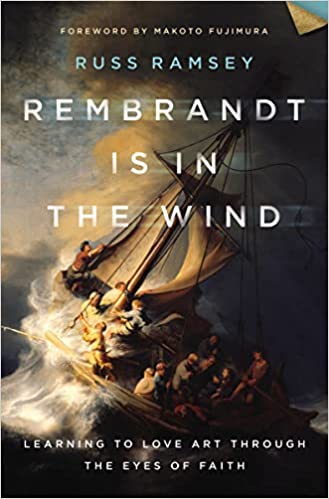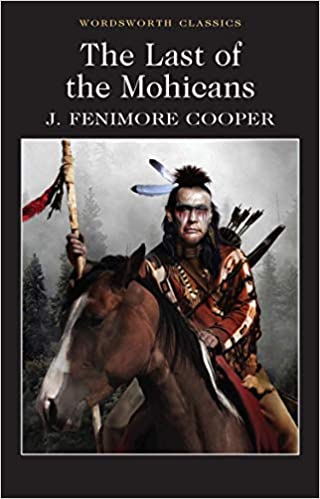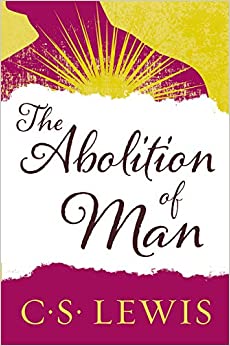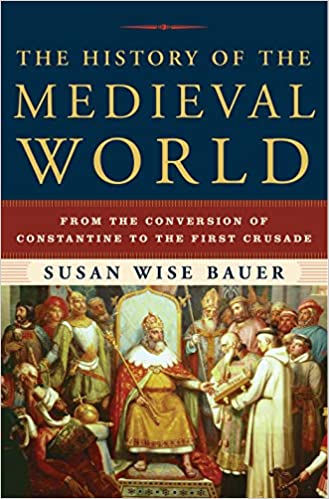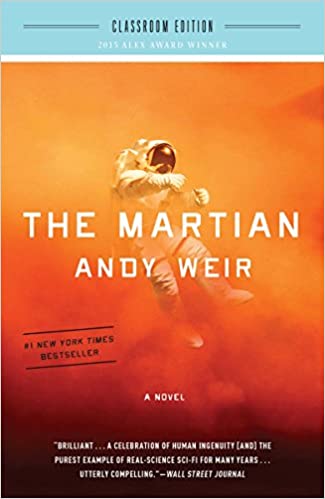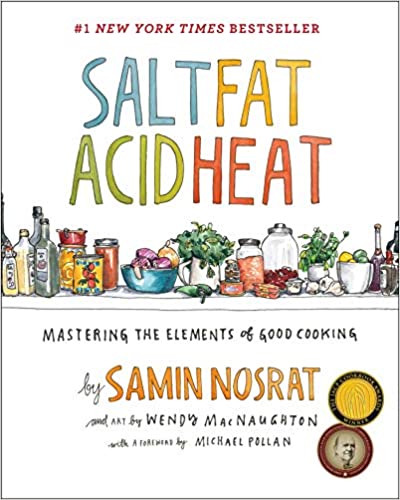The Double: The Original 1846 Fyodor Dostoevsky Novel
‘This, gentlemen, is my rule: if I fail I don’t lose heart, if I succeed I persevere, and in any case I am never underhand. I’m not one to intrigue - and I’m proud of it.!’
First published in 1846, The Double is one of the finest of Dostoevsky’s shorter works. It is a doppelgänger literature classic.
The morbidly sensitive and pretentious clerk Golyadkin, who is already mentally disturbed due to the social demands of his employment and unrequited love, develops a persecution mania, which leads him to meet another man who looks precisely like him and is the leader of a conspiracy against him. A series of encounters with this being eventually drives him insane and lands him in an asylum.
More info →Forever Strong: A New, Science-Based Strategy for Aging Well
Learn how to reboot your metabolism, build strength, and extend your life with this accessible new guidebook that demonstrates the importance of muscle for health and longevity from the founder of the Institute for Muscle-Centric Medicine®.
After years of watching patients cycle through her practice, Dr. Gabrielle Lyon noticed a pattern. While her patients struggled with a wide range of conditions, they all suffered from the same core problem: they had too little muscle rather than too much fat.
When we think about muscle, we tend to think about strength or aesthetics, but in reality, muscle accounts for so much more than that. As the body’s largest endocrine organ, muscle actually determines everything about the trajectory of health and aging. Many of the conditions Dr. Lyon’s patients were experiencing were actually symptoms of underdeveloped or unhealthy muscle.
Now, Dr. Lyon offers an easy-to-follow food, fitness, and self-care program anchored in evidence and pioneering research that teaches you how to optimize muscle—no matter your age or health background. Discover how to overcome everything from obesity to autoimmune disorders and avoid diseases like Alzheimer’s, hypertension, and diabetes by following Dr. Lyon’s powerful new approach to becoming forever strong.
More info →The Fourth Turning Is Here: What the Seasons of History Tell Us about How and When This Crisis Will End
The visionary behind the bestselling phenomenon The Fourth Turning looks once again to America’s past to predict our future in this startling and hopeful prophecy for how our present era of civil unrest will resolve over the next ten years—and what our lives will look like once it has.
Twenty-five years ago, Neil Howe and the late William Strauss dazzled the world with a provocative new theory of American history. Looking back at the last 500 years, they’d uncovered a distinct pattern: modern history moves in cycles, each one lasting roughly eighty to one hundred years, the length of a long human life, with each cycle composed of four eras—or “turnings”—that always arrive in the same order and each last about twenty years. The last of these eras—the fourth turning—was always the most perilous, a period of civic upheaval and national mobilization as traumatic and transformative as the New Deal and World War II, the Civil War, or the American Revolution.
Now, right on schedule, our own fourth turning has arrived. And so Neil Howe has returned with an extraordinary new prediction. What we see all around us—the polarization, the growing threat of civil conflict and global war—will culminate by the early 2030s in a climax that poses great danger and yet also holds great promise, perhaps even bringing on America’s next golden age. Every generation alive today will play a vital role in determining how this crisis is resolved, for good or ill.
Illuminating, sobering, yet ultimately empowering, The Fourth Turning Is Here takes you back into history and deep into the collective personality of each living generation to make sense of our current crisis, explore how all of us will be differently affected by the political, social, and economic challenges we’ll face in the decade to come, and reveal how our country, our communities, and our families can best prepare to meet these challenges head-on.
More info →Built to Move: The Ten Essential Habits to Help You Move Freely and Live Fully
After decades spent working with pro-athletes, Olympians, and Navy Seals, mobility pioneers Kelly and Juliet Starrett began thinking about the physical well-being of the rest of us. What makes a durable human? How do we continue to feel great and function well as we age? And how do we counteract the effects of technology-dependence, sedentary living, and other modern ways of life on our body’s natural need for activity?
The answers lie in an easy-to-use formula for basic mobility maintenance: 10 tests + 10 physical practices = 10 ways to make your body work better
The book offers:
- Easy mobilization practices to increase range of motion and avoid injury
- Intuitive ways to integrate more movement into your daily life and escape sedentary habits
- No-fuss guidelines for improving nutrition and sleep
- Basic breathing practices to manage stress and pain
- Quick and simple assessments to gauge progress and what needs improvement
- Tips and perspectives on healthy aging
It’s full of foundational wisdom for everyone from beginners to professional athletes and everyone in between. Built to Move introduces readers to a set of simple principles and practices that are undemanding enough to work into any busy schedule, lead to greater ease of movement, better health, and a happier life doing whatever it is you love to do—and want to continue doing as long as you live. This book is your game plan for the long game.
More info →Rembrandt is in the Wind: Learning to Love Art through the Eyes of Faith
Did you know Vincent van Gogh sold only one painting during his lifetime and that during the last three months of his life he completed an average of one painting every day?
Did you know that Michelangelo's David is covered in a dusting of human skin?
Did you know Caravaggio murdered several people while he was painting some of the most glorious paintings of biblical scenes the world has ever known?
Rembrandt Is in the Wind by Russ Ramsey is an invitation to discover some of the world's most celebrated artists and works, while presenting the gospel of Christ in a way that speaks to the struggles and longings common to the human experience.
The book is part art history, part biblical study, part philosophy, and part analysis of the human experience; but it's all story. The lives of the artists in this book illustrate the struggle of living in this world and point to the beauty of the redemption available to us in Christ. Each story is different. Some conclude with resounding triumph while others end in struggle. But all of them raise important questions about humanity's hunger and capacity for glory, and all of them teach us to love and see beauty.
More info →Wine: A Beginner’s Guide
Everything you need to know about the fruit of the vine―From A to Zinfandel.
If you enjoy wine―but can’t articulate why―you’re not alone! From terroir to global varieties, Wine: A Beginner’s Guide breaks down the complex bouquets of winemaking and tasting into ways that are fun and easy to understand.
Learn what really makes a cabernet sauvignon red. Taste how it’s possible to detect a hint of leather, chocolate, or even rubber in a single sip. Confidently discuss the subtleties of different types of grapes with the guide that has everything you need to know to grow your love of wine.
More info →The Last of the Mohicans
It is 1757. Across north-eastern America the armies of Britain and France struggle for ascendancy. Their conflict, however, overlays older struggles between nations of native Americans for possession of the same lands and between the native peoples and white colonisers. Through these layers of conflict Cooper threads a thrilling narrative, in which Cora and Alice Munro, daughters of a British commander on the front line of the colonial war, attempt to join their father. Thwarted by Magua, the sinister 'Indian runner', they find help in the person of Hawk-eye, the white woodsman, and his companions, the Mohican Chingachgook and Uncas, his son, the last of his tribe.
Cooper's novel is full of vivid incident- pursuits through wild terrain, skirmishes, treachery and brutality- but reflects also on the interaction between the colonists and the native peoples. Through the character of Hawkeye, Cooper raises lasting questions about the practises of the American frontier and the eclipse of the indigenous cultures.
The Abolition of Man
From Amazon: "In the classic The Abolition of Man, C.S. Lewis, the most important Christian writer of the 20th century, sets out to persuade his audience of the importance and relevance of universal values such as courage and honor in contemporary society. Both astonishing and prophetic, The Abolition of Man is one of the most debated of Lewis's extraordinary works. National Review chose it as number seven on their 100 Best Nonfiction Books of the Twentieth Century."
More info →The History of the Medieval World: From the Conversion of Constantine to the First Crusade
From Amazon:
"In her earlier work, The History of the Ancient World, Susan Wise Bauer wrote of the rise of kingship based on might. But in the years between the fourth and twelfth centuries, rulers had to find new justification for their power, and they turned to divine truth or grace to justify political and military action. Right began to replace might as the engine of empire.
Not just Christianity and Islam but also the religions of the Persians, the Germans, and the Mayas were pressed into the service of the state. Even Buddhism and Confucianism became tools for nation building. This phenomenon―stretching from the Americas all the way to Japan―changed religion, but it also changed the state.
The History of the Medieval World is a true world history, linking the great conflicts of Europe to the titanic struggles for power in India and Asia. In its pages, El Cid and Guanggaeto, Julian the Apostate and the Brilliant Emperor, Charles the Hammer and Krum the Bulgarian stand side by side. From the schism between Rome and Constantinople to the rise of the Song Dynasty, from the mission of Muhammad to the crowning of Charlemagne, from the sacred wars of India to the establishment of the Knights Templar, this erudite book tells the fascinating, often violent story of kings, generals, and the peoples they ruled."
More info →The Martian – classroom edition
From Amazon:
"Six days ago, astronaut Mark Watney became one of the first people to walk on Mars.
Now, he's sure he'll be the first person to die there.
After a dust storm nearly kills him and forces his crew to evacuate while thinking him dead, Mark finds himself stranded and completely alone with no way to even signal Earth that he’s alive—and even if he could get word out, his supplies would be gone long before a rescue could arrive.
Chances are, though, he won't have time to starve to death. The damaged machinery, unforgiving environment, or plain-old "human error" are much more likely to kill him first."
More info →Salt, Fat, Acid, Heat
From Amazon:
"In the tradition of The Joy of Cooking and How to Cook Everything comes Salt, Fat, Acid, Heat, an ambitious new approach to cooking by a major new culinary voice. Chef and writer Samin Nosrat has taught everyone from professional chefs to middle school kids to author Michael Pollan to cook using her revolutionary, yet simple, philosophy. Master the use of just four elements—Salt, which enhances flavor; Fat, which delivers flavor and generates texture; Acid, which balances flavor; and Heat, which ultimately determines the texture of food—and anything you cook will be delicious. By explaining the hows and whys of good cooking, Salt, Fat, Acid, Heat will teach and inspire a new generation of cooks how to confidently make better decisions in the kitchen and cook delicious meals with any ingredients, anywhere, at any time."
More info →
